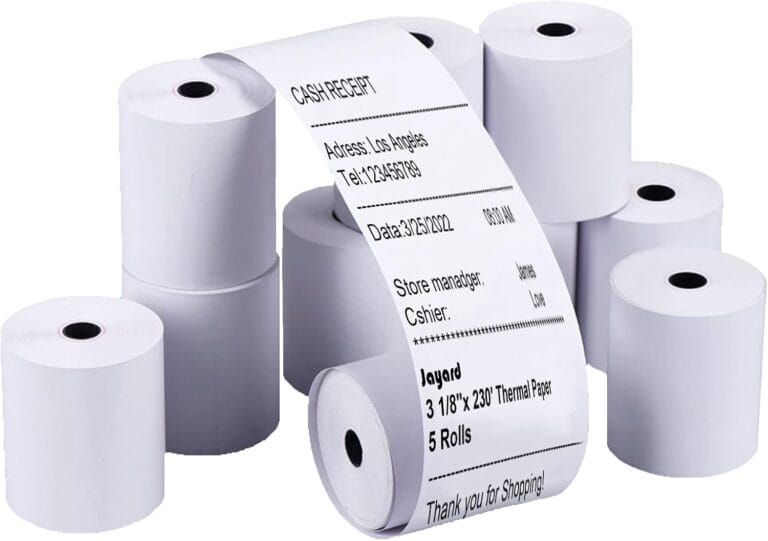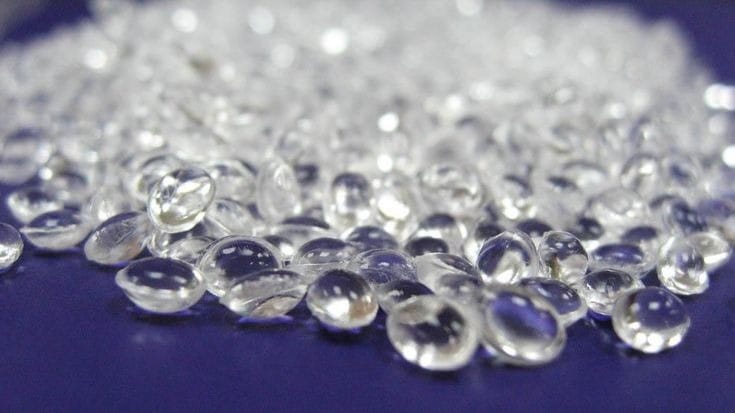Introduction:
There’s something timeless about gathering around a fireplace on a chilly evening. The gentle crackle of burning wood and the cozy warmth it brings can make any house feel like home. Yet, behind that comfort lies a responsibility that many homeowners overlook chimney safety. A neglected chimney can quickly turn from a source of warmth to a serious hazard, leading to fires, gas leaks, or costly structural issues. That’s why in places like California (CA) and Connecticut (CT), where changing climates bring unique challenges, chimney inspections, cleanings, and repairs should never be ignored.
This article explores why chimney safety is so important, what professional services involve, and how homeowners can protect both their families and their investment.
Why Is Chimney Safety Important for Every Home?
A fireplace or wood stove may enhance your home’s atmosphere, but it also requires careful attention. Chimneys, if left unchecked, can accumulate creosote, suffer from cracks, or develop blockages that pose fire and health risks. In states such as CA and CT, seasonal rain, snow, and even wildfire smoke can also affect chimney performance. Regular maintenance ensures that these systems remain safe, efficient, and reliable.
How Do Chimney Inspections Protect Families?
Chimney inspections act as a safeguard against hidden dangers. A certified chimney inspector carefully examines the entire system from the firebox to the flue, and all the way up to the chimney cap. Depending on the inspection level, tools like cameras may be used to spot cracks, leaks, or blockages deep inside the chimney.
These inspections help detect:
- Creosote buildup that could ignite.
- Structural weaknesses in the liner or masonry.
- Leaks that let harmful gases like carbon monoxide into the home.
For homeowners, inspections offer more than just technical checks they bring peace of mind, knowing the chimney is safe to use.
Why Are Chimney Cleanings Essential?
Even when a chimney looks clean, soot, ash, and creosote often linger inside. Creosote, in particular, is a sticky, highly flammable byproduct of burning wood and is one of the top causes of chimney fires in the U.S.
Gas fireplaces may produce less creosote, but they’re not maintenance-free. They can still develop venting problems or blockages. A professional chimney sweep removes soot, debris, and obstructions, restoring proper airflow and efficiency.
Beyond safety, regular cleanings improve heating performance and help maintain healthier indoor air quality.
What Repairs Do Chimneys Commonly Require?
Inspections often reveal the need for repairs. Common issues include:
- Flue liner replacement when cracks or wear appear.
- Masonry repairs to bricks and mortar damaged by water.
- Crown and cap fixes to keep moisture and pests out.
- Damper adjustments for better airflow control.
- Smoke chamber restoration for efficiency and safety.
Addressing these problems early prevents small concerns from becoming major, costly repairs.
How Much Do Inspections, Cleanings, and Repairs Cost?
Costs vary based on service type, chimney condition, and location. Here’s a general guide:
| Service Type | Average Cost Range | What’s Included |
| Level 1 Basic Inspection | $100 – $250 | Visual check of accessible areas |
| Level 2 Camera Inspection | $250 – $500 | Video scan for hidden blockages/cracks |
| Level 3 Structural Inspection | $1,000+ | In-depth, may involve partial dismantling |
| Chimney Sweep Cleaning | $150 – $300 | Removal of soot, creosote, debris |
| Common Repairs (Minor) | $200 – $500 | Flue patching, cap replacement, mortar work |
| Major Repairs | $1,000+ | Full flue relining, masonry rebuilds |
Disclaimer: Prices vary by region and condition. CA and CT homeowners may see different averages due to climate and local service rates.
How Often Should Inspections and Cleanings Be Scheduled?
The Chimney Safety Institute of America (CSIA) recommends annual inspections, even if the fireplace is rarely used. For wood-burning chimneys, yearly cleanings are also essential to remove creosote buildup.
- In CT, where winters are long and cold, mid season checks may be useful.
- In CA, post wildfire season inspections can be especially important.
Even gas fireplaces require yearly checks to ensure vents remain safe and clear.
What Are the Benefits of Certified Chimney Professionals?
Hiring certified experts provides:
- Reduced fire risk through safe removal of hazards.
- Cleaner indoor air by preventing gas leaks and smoke intrusion.
- Improved efficiency for heating systems.
- Reliable repairs backed by professional training.
- Peace of mind from expert confirmation of safety.
As chimney professional Michael Turner explains: “A safe chimney is not optional it’s a core part of responsible homeownership.”
How Can Homeowners Choose the Right Chimney Company?
When hiring a service, homeowners should look for:
- Certification: Only trust CSIA-certified sweeps and inspectors.
- Experience: Seek companies with proven local track records.
- Full services: Providers who handle inspection, cleaning, and repairs.
- Transparent pricing: Clear estimates with no hidden charges.
- Local expertise: Knowledge of CA and CT climate-specific issues.
This approach helps avoid risks associated with uncertified or inexperienced providers.
Conclusion:
Chimney safety is not just about cleaning once in a while it’s about consistent care through inspections, sweeping, and repairs. With certified professionals, homeowners in CA and CT can reduce fire hazards, improve efficiency, and safeguard indoor air quality.
By making chimney maintenance a priority, families can enjoy the comfort of their fireplace without the fear of hidden risks. A safe chimney is more than just a functional feature—it’s peace of mind for every season.
Read more Chimney sweep






